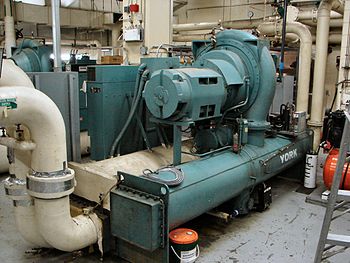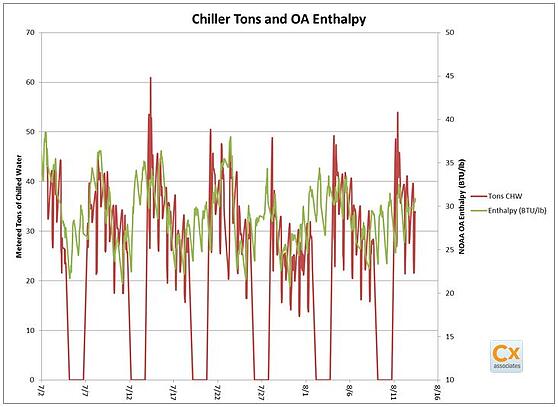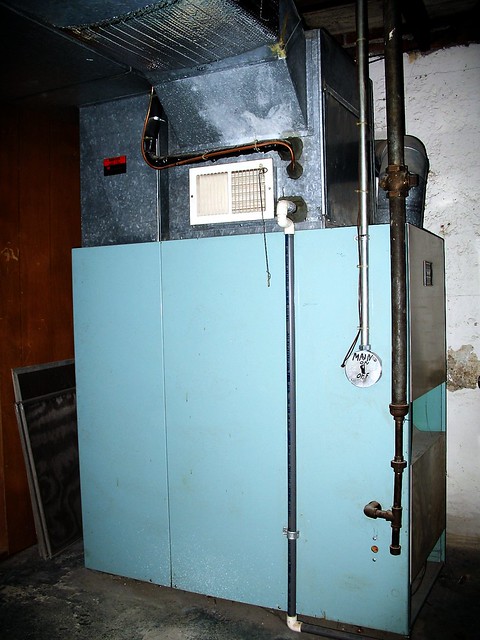Replacement Chiller Needed – But What’s the Cooling Load?
We were hired recently by a commercial customer to work on the replacement of a ~120 ton chiller plant dating back to at least the 1980s. When we were brought on board, the plan was to install a 165 ton chiller to replace the existing unit. The facility had no building management system (DDC) and therefore the owner didn’t have the ability to accurately assess the building’s actual cooling load. In our experience, many customers in our area who do not have process loads actually have had cooling loads come down over the past 20 years. This trend is likely due to reduced lighting waste heat resulting from lighting efficiency upgrades and improved windows (low-e). We decided it may be a good idea to meter the plant to determine actual loads before sizing the new chiller plant.
What’s the Baseline?
Without DDC trending and BTU metering, determining building load can be tricky. We were in the fortunate position of having one last season of chiller plant operation to try to gather meaningful data, so we recommended that the client install permanent chilled water energy metering hardware. Our client, in this case, is progressive in their approach to energy efficiency and was prepared to spend some money and time upfront to get this right.
We recommended a good quality BTU meter that would last for a long time—it was equipped with an insertion magnetic flux type flowmeter, which are higher accuracy and have less error “drift” over time than a traditional turbine flowmeter. We specified a meter that could be later incorporated into the DDC system to track performance of a new chiller plant down the road.
The meter was installed, commissioned, and operated for one entire cooling season. The analysis of the data revealed a max chiller load below 70 tons. This past summer was cooler than normal in Vermont so we worked with the data to build a mathematical relationship between the outdoor air enthalpy (the amount of total heat energy in the air, including in the form of water vapor) and the chiller plant demand. You can see in the graph below that outdoor enthalpy was a good predictor of building load.
First Cost Reduction and Continuous Data Feedback
We used the relationship developed from the meter data to predict building load at an extreme hypothetical day (we used 93 degrees Fahrenheit and 65% relative humidity). The result? Still, the predicted chilled water plant demand was less than 80 tons of cooling. We brought this data back to the client and made the case for using a smaller chiller. The chiller plant was reduced from 165 tons to 95 tons.
Now the cost to specify, install, commission, and analyze data from a new metering system is significant, but still far less than the $25,000 first-cost savings from being able to reduce the size of the chiller. Plus, the most important lasting result is that client will now have the ability to accurately track chiller plant demand and performance (efficiency) over time. Data from the time of chiller commissioning can be used as a baseline, and changes in chiller performance can be used to alert the facilities department of issues with the chiller plant and other HVAC equipment. This enables increased energy efficiency and could reduce emergency downtime for the entire facility.






